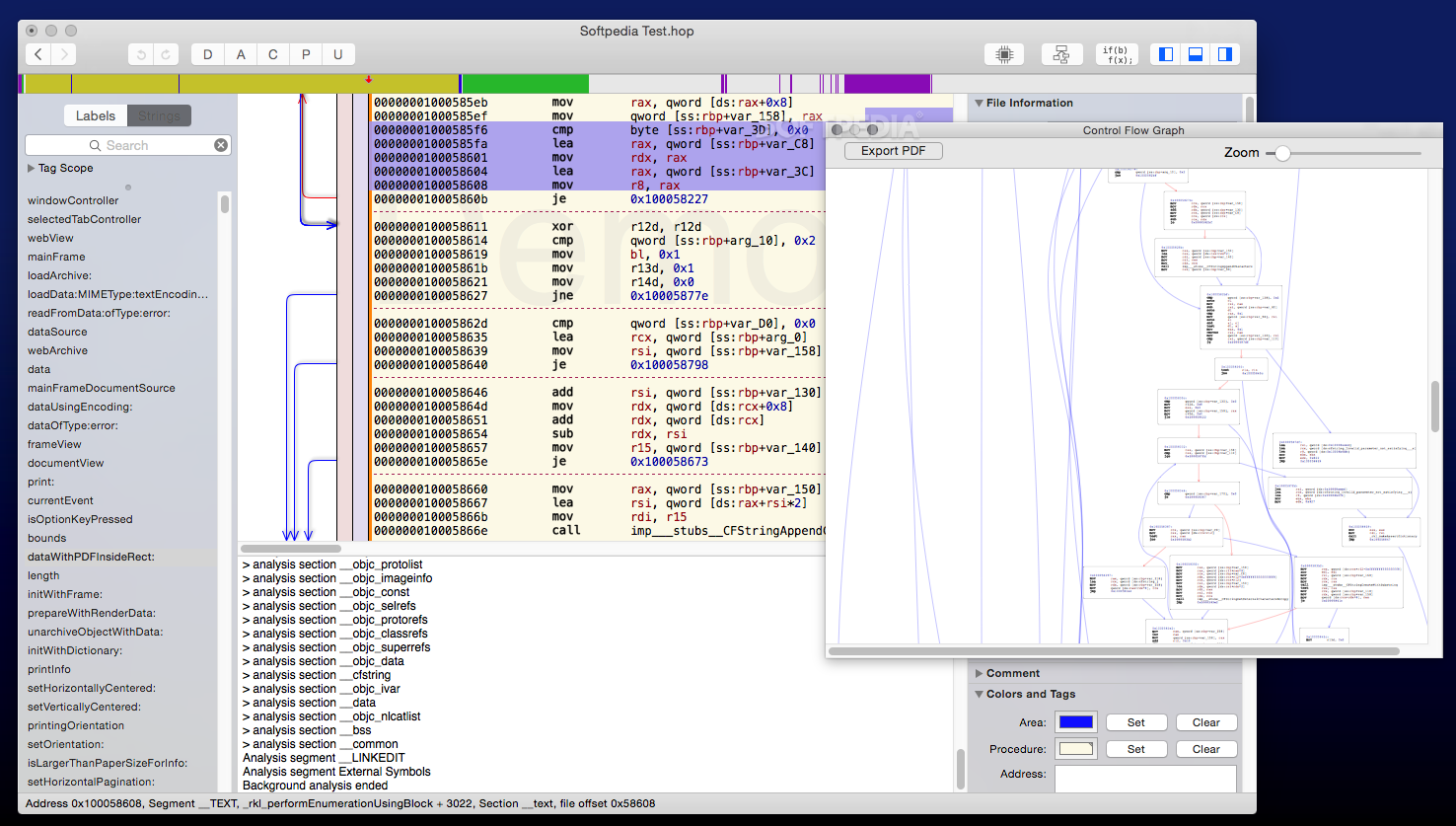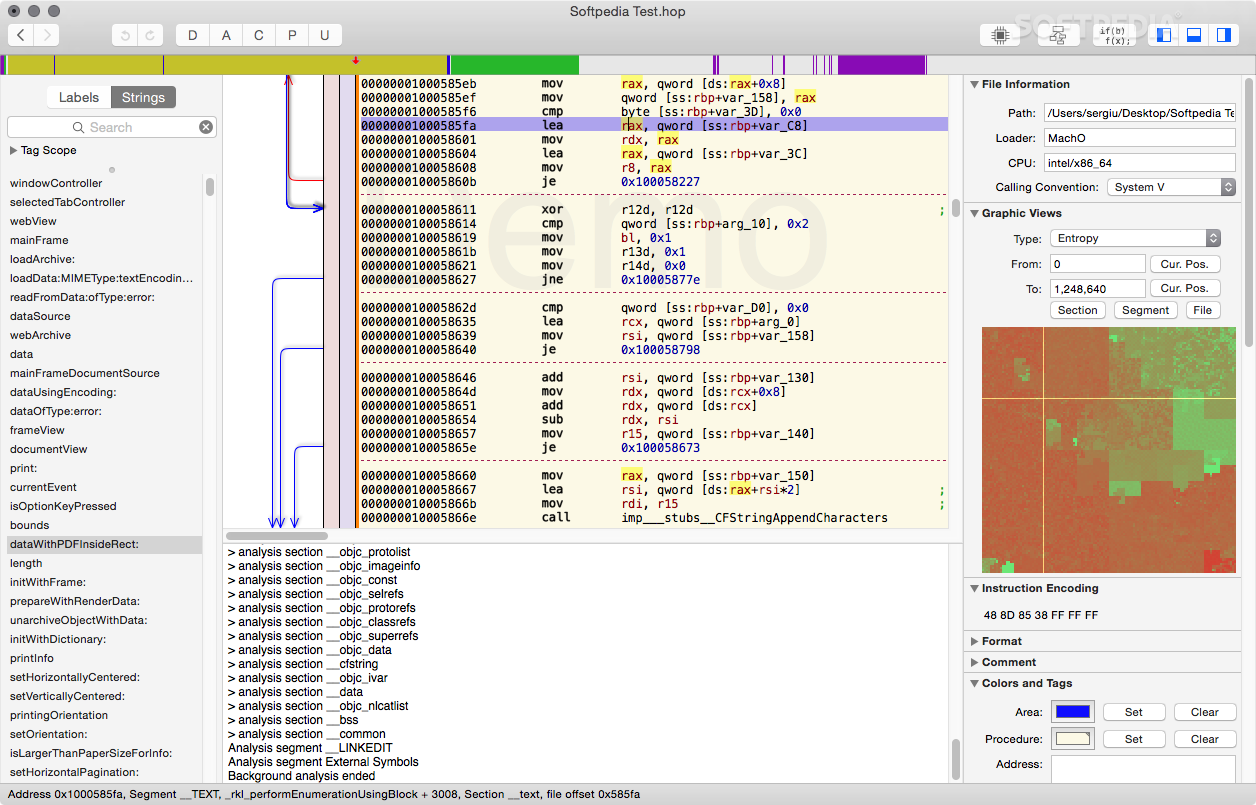

Before we get started, make sure to set up all the tools above and ensure they are functioning correctly. These are fairly straightforward to use and can provide a lot of information related to the binary that we are attempting to reverse engineer.
Hopper Disassembler: Hopper is an amazing tool that will allow us to disassemble an executable and inspect the machine-level code that composes the binary. strings: looks for ASCII strings in a binary file or standard input. codesign: Xcode utility that adds signatures to built projects. otool: The otool command displays specified parts of object files or libraries. nm: displays the name list (symbol table) of each object file in the argument list. Tools and Utilities for Reverse Engineering iOS Appsįirst, let’s take a quick look at some of the tools and utilities that we will be using to gain additional knowledge about the app we’re working with: If you don’t have access to macOS you can always grab the ideas portrayed in the contents of this blog and utilize similar tools available in other operating systems to achieve a similar goal. Note that we will be using macOS to perform these tests because it provides the most useful utilities and commands to achieve our goal. These will help us obtain valuable information about the mobile application we’re analyzing. In this blog we will learn the basics of reverse engineering iOS binaries by utilizing some of the more popular tools provided by Apple (Xcode Command Line Tools) and some third-party tools as well. This makes the reversing process slightly more complicated but not impossible by any means. Compared to reverse engineering Android with tools like apktool, jadx and similar, reversing tools for iOS are scarce due to security measures implemented by Apple and iOS being less open source in general. Reverse engineering iOS mobile applications is no simple task. Reducing risk and speeding mobile app delivery in retail, CPG, and travelįocus on Rapid and Secure Mobile-first App Delivery Mobile app vetting for federal and state/local agenciesĬompliance meets speed-to-release for banks, insurance, and fintech 
Industry training on Appsec vs NS specific training Pen testing powered by our experts and best-in-class software Mobile API observability across testing solutions Testing for the mobile apps you build, use, and manage Software requirements for mobile apps used by government agencies Leading industry frameworks and compliance standards behind our offerings Mobile app vetting and software bill of materials Mobile appsec that's purpose-built for DevSecOps You want to keep this intact! So cautious prying in this area.Tools and solutions for companies embracing mobile-first strategy
There is a connecting ribbon that connects the side buttons to the main circuit board, DO NOT try to remove this. Continue popping open the clips until you are all the way around the remote until you reach the side buttons. 
(If needed, look ahead in this tutorial to see the location of the clips.
Carefully turn/twist the screwdriver to pop the clips around the outside of the remote. Insert the larger prying screwdriver using the small 2 mm screwdriver. The reason you want to use the knife first is to reduce plastic chipping when inserting the 2 mm eyeglass' screwdriver. First, insert the knife blade, so you can get your sharp screwdriver tip in. 
I prefer to work along the lower part of the red band around the controller (knicks in the plastic will be less noticeable). We will want to start on the bottom of the controller first, then work up the side that does not have buttons on it.








 0 kommentar(er)
0 kommentar(er)
